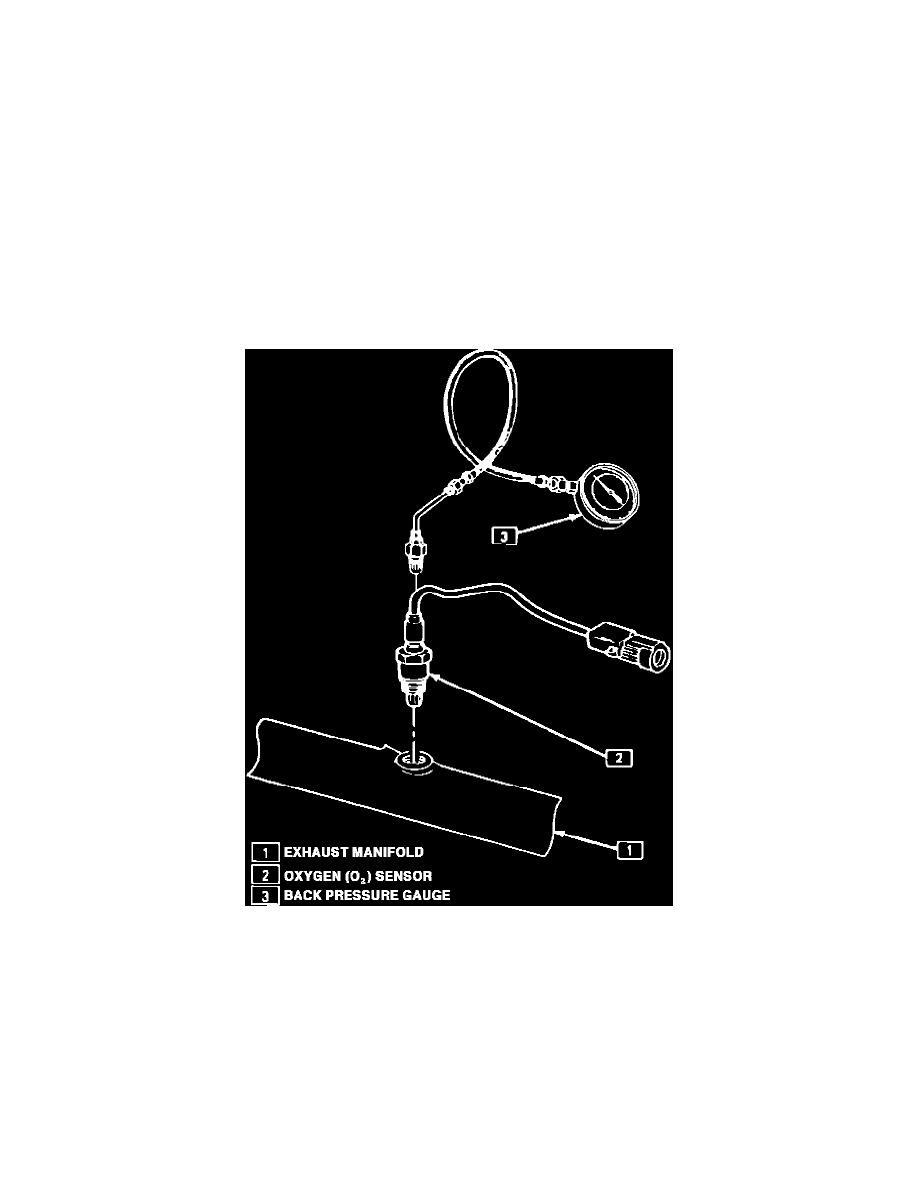Town & Country Van AWD V6-230 3.8L VIN L SMFI (1998)

Catalytic Converter: Component Tests and General Diagnostics
Catalytic Converter Functional Test
NOTE: If all other emission systems are functioning correctly, but vehicle still has excessive tailpipe emissions, the catalytic converter core may by
contaminated. To check converter effectiveness, perform the following test:
FUNCTIONAL CHECK
1. Warm the engine to normal operating temperature.
2. Run the engine at 2500 RPM for 30 seconds.
3. Using a pyrometer, measure the exhaust pipe temperature before and after the catalytic converter.
4. Exhaust pipe temperature should be at least 100° F hotter at the converter outlet than at the inlet.
5. If catalytic converter has little or no effect on exhaust temperature, the core may be contaminated.
NOTE: If exhaust temperature exceeds 450° F, the engine may be running too lean. Repair the lean running condition and recheck exhaust temperature
before condemning the catalytic converter.
At Oxygen Sensor Opening
Pressure Testing The Exhaust System at The Oxygen Sensor
NOTE: A partially restricted or blocked exhaust system usually results in a loss of power or backfire up through the throttle body. Verify that the
condition is not caused by ignition, compression or fuel system problems, then perform a visual inspection of the exhaust system. If the condition cannot
be located by visual inspection, perform the easiest of the following procedures.
DIAGNOSIS AT OXYGEN SENSOR OPENING
1. Carefully remove O2 sensor using proper tool.
2. Install Exhaust Backpressure Tester in place of 02 sensor.
3. With the engine at normal operating temperature and running at 2500 rpm, observe the exhaust system backpressure reading on gauge.
4. If backpressure exceeds 1-1/4 psi (8.62 kPa), a restricted exhaust system is indicated.
5. Inspect the entire exhaust system for a collapsed pipe, heat distress, or possible internal muffler failure.
6. If there are no obvious reasons for the excessive backpressure, a restricted catalytic converter should be suspected, and replaced.
